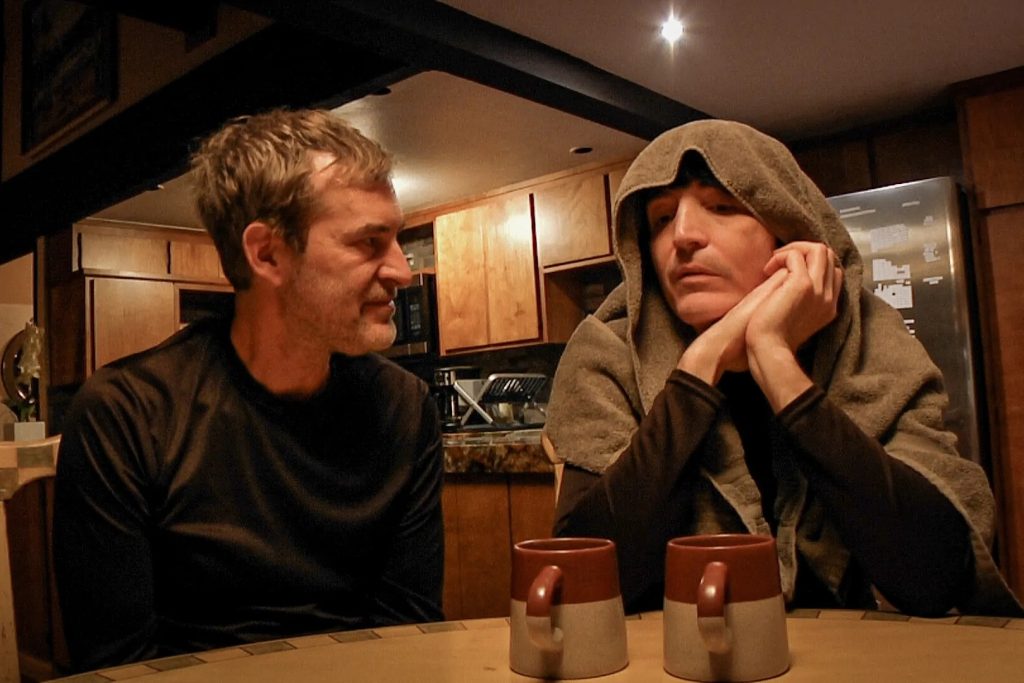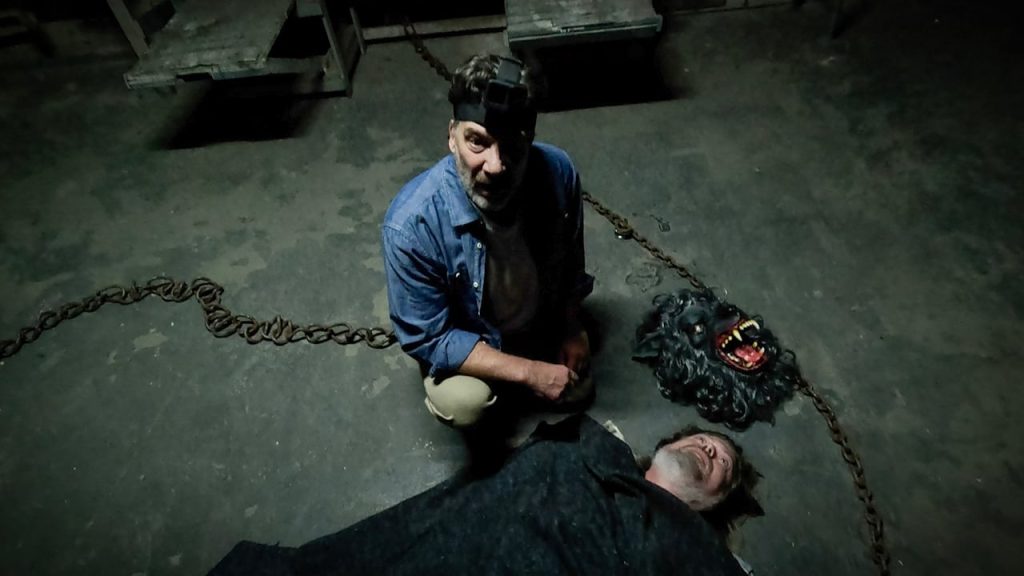TV
Our 10 Favorite Takeaways from ‘Shudder’s 101 Scariest Movie Moments of All Time’

Shudder’s 101 Scariest Movie Moments encapsulates many of the most extraordinary scenes in horror cinema history. With input from a multitude of famous faces in horror, including but not limited to: Tom Savini, Rebekah McKendry, and Tony Todd, is it any wonder that by the time credits rolled on the eighth and final episode, we were left thinking about so much more than just scary movie moments? From behind-the-scenes trivia to director inspiration and our psychology, here are some of our favorite things that stood out while watching Shudder’s 101 Scariest Movie Moments of All Time.
What Gets Under Our Skin
While providing commentary on the eyeball skewer scene from Zombi (Zombie 2), film scholar Rebekah McKendry Ph.D. explains why eyeball horror is so effective. Since many of us have gotten an eye injury at some point, we can imagine the pain associated with what we’re seeing. For this reason, Rebekah McKendry explains that eyeballs, fingernails, and teeth are all parts of us “that we embody with” and tend to make effective scares when we see an injury to them on the screen.

The First Appearance of Jason Voorhees
Renowned special effects artist Tom Savini explained that Friday the 13th was initially scripted to end with the Mrs. Voorhees decapitation scene. However, inspired by the iconic ending in Carrie, Tom Savini insisted that the movie needed a “chair jumper” ending. Thus, the jump scare dream sequence was born, delivering the first depiction of Jason Voorhees.
Tom Holland’s Inspiration for Child’s Play
The horror film director that introduced the world to Chucky, Tom Holland, explains that while he was shooting Child’s Play, he wanted a creative way to display Chucky’s perspective. Thus, he took inspiration from the low-to-the-ground POV shots of the Zuni doll in Trilogy of Terror.
Unsung Heroes in Horror
One of the lesser-talked-about titles from the list, Black Sabbath marked a unique landmark in horror. Rebekah McKendry explains that this film is the first time we see a female actress not looking perfectly coiffed on screen. Black Sabbath set a new standard that is now commonplace in horror today.

Candy Man, Candy Man, Candy- Damn. That’s a Mouthful of Bees
Tony Todd, who played the titular Candy Man, reflected on the scene where his character opens his mouth, revealing a mouthful of bees. The bees were real, and as we all ask ourselves if we could go to those lengths as a performer, Tony Todd attributes his ability to tackle any experience to his background in theatre, citing, “We were taught to be fearless. And you approach every role as if it’s that thing […] that’s going to make that magic moment. I knew it when I read the script. Nobody’s ever done that before, and nobody’s done it since.” Though, he can still remember the buzzing feeling inside his mouth.
Stephen King’s Influence on Scary Movie Moments
While the widely acclaimed horror writer did not appear on the show, many movies based on his work did. Of the 101 films on the list, a Stephen King adaptation made up eight of them – a quarter of them directed by Mike Flanagan. Interestingly, Mike Flanagan explained that Doctor Sleep’s original “baseball boy scene” was a lot longer. But it was cut down after Stephen King’s comment to the horror director during a screening, remarking on the length of the brutal scene.
Mike Flanagan’s Favorite Movie Recommendation
Speaking of the director of Doctor Sleep, Mike Flanagan explained that whenever a person asks him for a movie recommendation, Lake Mungo is a go-to choice. He is such a fan of the film; he says it was a source of inspiration for his successful Netflix series Haunting of Hill House.

The Film that Made a Lasting Impression on Greg Nicotero
Master of special effects Greg Nicotero was nearly ten years away from landing his first significant job with 1985’s Day of the Dead when The Omen was released. On Shudder’s 101 Scariest Movie Moments of All Time, Nicotero explains that he was transfixed by how they achieved the multi-angled decapitation scene in 1976’s The Omen. Greg Nicotero now owns the prop head used in that scene as a testament to this adoration.
Vampires That You Won’t Fall in Love With
While scenes involving vampire films appear numerous times, a particular type of vampire was most welcome. As Joe Bob Briggs’ discussed what made Nosferatu so great, he attributes the film’s success to Max Schreck’s interpretation of the role and how he was able to highlight the vampire’s strangeness by moving “like an insect.” “This Dracula is a predator and a stalker,” Joe Bob Briggs states, not the type that will ever make the leading lady swoon.
A similarly functioning type of vampire was brought up later in a discussion about 30 Days of Night. Lydia Hearst and film scholar John Jennings spoke about the romanticism stripped from the vampires as a “species” that only wants to eat you. These vampires exude a particular type of horror because their viciousness cannot be swayed. To briefly reiterate a point I touched upon in “History of Vampires,” vampires are best when they’re bestial; therefore, it was refreshing to see this brand of vampire showcased and celebrated as such.
Inspiration and Meaning of Us
Tananarive Due spoke of Jordan Peele’s inspiration for Us. The whole storyline stemmed from one question: “What if you were getting on a subway train, and you looked across the platform and saw a replica of yourself?” Tananarive Due explains that Us is Jordan Peele’s attempt to answer that question. She remarked on the resulting message about privilege and how Us forces us to look at our own and asks us what we are doing with it.
If you haven’t seen it, watch Shudder’s 101 Scariest Movie Moments of All Time, streaming on Shudder. In a series packed with so much trivia, haunting imagery, and food for thought, all coming from some of the most notable voices presently in horror, choosing only ten standout moments is no easy task. Is there anything that stood out to you when watching that you wish had been included? Sound off in the comments, and let us know.
TV
Brooklyn Horror Film Festival 2025: The Creep Tapes Season 2
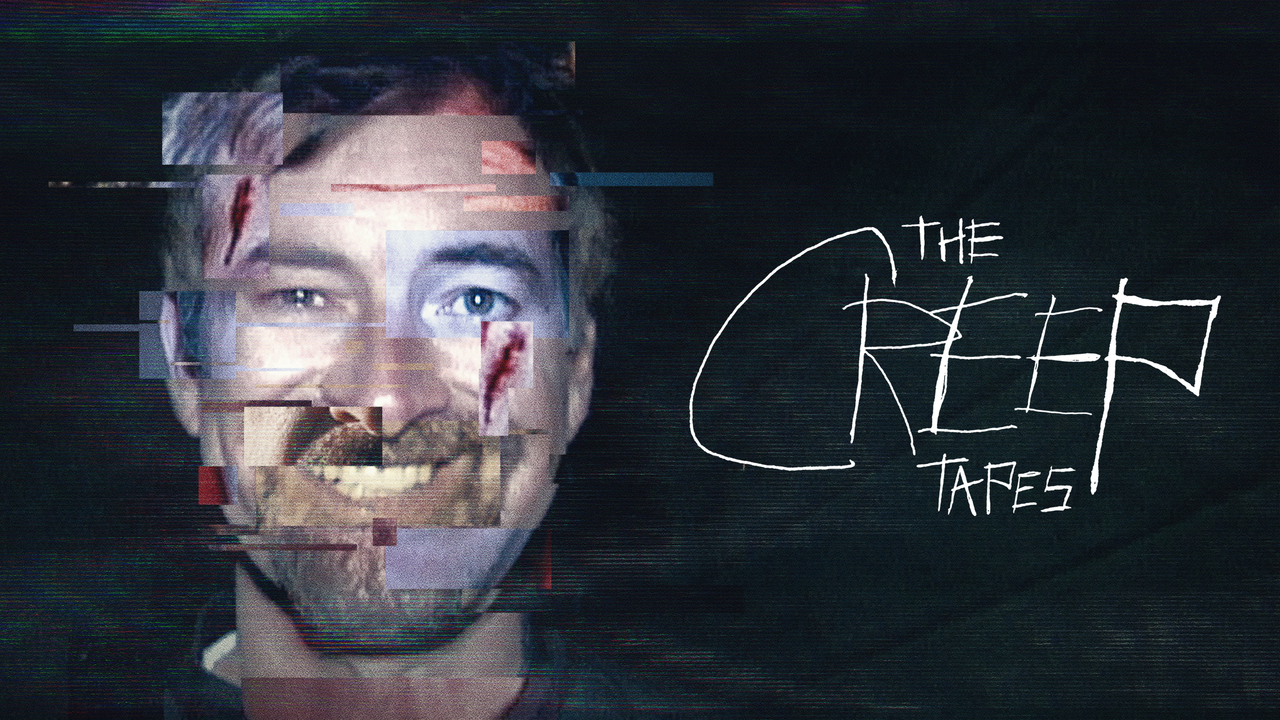
In 2014, Mark Duplass and Patrick Brice created magic with their mumblegore-adjacent found footage epic Creep. Three years later, this dreamy duo brought us the second installment of their creepy killer. Seven years would pass until Josef (Mark Duplass) would creep back into our daily lives with six truly terrifying episodes of The Creep Tapes. It would only be a short time until a second season of The Creep Tapes was announced…and even less time for a third season! The best experience I had at the Brooklyn Horror Film Festival was seeing the first three episodes of The Creep Tapes Season 2.
The Creep Tapes Season 2 Creeps Back Into the Spotlight
The Creep Tapes Season 1 was fairly straightforward throughout. It was a fantastic season (that I loved), but the majority of it was more of the same. Josef finds a victim (through various means), plays nice (and weird), goes after victim, and death. The season finale, “Mom (and Albert)”, was the first time we really got some (what seems to be) true background into Josef. From personal conversations, that episode was hit or miss. (I loved it, the dude hung dong!)
Upon hearing the news of Seasons 2 and 3, I was left wondering, will we get more background, OR will it just dive into Josef’s maniacal madness? While the first three episodes of Season 2 don’t do much to give us too much information about Josef’s background, it does up the ante considerably. Season 2 makes clear that Mark Duplass and Patrick Brice have grandiose ideas that they’re only scratching the surface of.
The Creep Tapes: S2 E1 “Joseph”
Imitation is the sincerest form of flattery, but what happens when the imitation is just… wrong? Josef finds himself in the sights of Joseph (David Dastmalchian), who is looking for a videographer to film a video for his unborn son, as Joseph has been diagnosed with cancer. Sound familiar?
How can someone possibly replicate the insane scenario Josef concocted in Creep? It can’t just be a coincidence—and it’s not. We come to learn that Josef has been doing something with his tapes (and films) that allows Joseph to view his work. Unfortunately for Joseph, the wrong man answered his ad.
This piece of information is crucial for understanding who (and what) Josef is. At points, he seems mentally ill, misguided, a man who just gets too damn lucky sometimes. The information gleaned reveals a much more careless, while still sophisticated, man who believes he’s creating art (of sorts). What’s the purpose of creating chaos in the modern age of technology if you can’t share it with other degenerates?
The “flip of the script” in Season 2 Episode 1 “Joseph” is a heart-racing 20-ish minutes of anticipation. I didn’t separate my butt from the edge of my seat until the credits rolled. But it’s with the casting of Joseph that the true magic of the Season 2 premiere excels. Who else can outmaniac a maniac? Of course, it has to be David Dastmalchian.
The Creep Tapes: S2 E2 “Mark”
Mark (Robert Longstreet) wakes up in a concrete room, his leg chained to the ground. A TV sits atop a table. An empty tub sits across the room. Someone lies still underneath a blanket, with a chain coming out of the bottom. And Josef accompanies Mark, leg chains and all. What could go wrong?
One of the most interesting things about Josef as a character is his ability to showcase his flaws, something that is extremely apparent in Season 2, Episodes 2 and 3. Nearly everything that can go wrong for Josef goes wrong. The reason it goes wrong is because of a simple oversight on Josef’s part. And it’s kind of heartening to see. Nearly every time we see Josef in action, he has a general grasp of his overall plan. He knows, more or less, how his targets will react, and his incredible improv skills allow him to course correct when necessary.
“Mark” just goes off the rails in ways Josef could never imagine.
Season 2, Episode 2 is Duplass and Brice’s nod at the Saw franchise. And, if anything other than a few laughs, solidifies the intense planning and expertise that goes into a John Kramer game. One simple oversight can cause a highly crafted plan to fall apart at the seams. To boot, “Mark” is one of the funniest pieces of horror media I have ever seen. It begs the question, what if an absolute dufus was put in a Saw film?
And don’t worry, bloodhounds, there’s gore aplenty!
The Creep Tapes: S2 E3 “Wes”
Wes (Diego Josef) finds himself taking a job to help Josef film a house-flipping show’s pilot episode. But night descends, and Wes realizes that they’re in the middle of nowhere. Wes’s attempted escape from Josef leads to an unfortunate run-in with law enforcement. Oh boy, how will he get out of this one?!
Even the greatest of franchises will bottom out at some point. Much of what we’ve seen Josef do involves a certain amount of suspension of disbelief. HOW is there not at least a Reddit thread about filmmakers/videographers who have gone missing after answering Craigslist ads? There is no way a 20/20 wouldn’t have been made about these killings if they were real. I mean, just look at how many tapes we see in the opening. Josef is talented at what he does, but everyone slips up eventually.
“Wes” brought me to a point where I was unable to suspend my disbelief. When AMERICAN police see someone moving a potentially dead body and don’t immediately cuff and detain them, you’re asking a bit too much. The crux of this episode revolves around a repeated word: “professionalism.” I get that it’s supposed to shine a light on how unprofessional the police are in this scenario, but it’s a step too far.
What I will say is that it’s a fun angle to take. We’re watching this killer that we’ve seen commit nearly 10 murders, and there are more we haven’t, interact face to face with the police. How will he get out of this sticky situation? I just don’t believe the way it is handled is grounded in a reality that would ever make sense. The chemistry between Wes and Josef, though, is some of the best in the entire franchise. They play off of each other incredibly well, and it makes you wish “Wes” were a feature-length film character instead of an episode character.
A Bold New Chapter for The Creep Tapes
Overall, the first three episodes of The Creep Tapes Season 2 were an overall blast. Even with the issues I had throughout “Wes”, I was entertained the entire time. “Joseph” and “Mark” are contenders for the best episodes of the entire series (and maybe even best entries in the entire franchise). I love seeing Mark Duplass and Patrick Brice spreading their wings to take Josef in different directions. They find ways to keep the product feeling original while still paying direct homage to horror properties beloved by the masses. If these are the first three episodes of Season 2, I think we’re in for a real treat with the final three.
The Creep Tapes Season 2 premieres November 14 on Shudder and AMC+.
TV
Is ‘It: Welcome to Derry’ Worth the Watch?
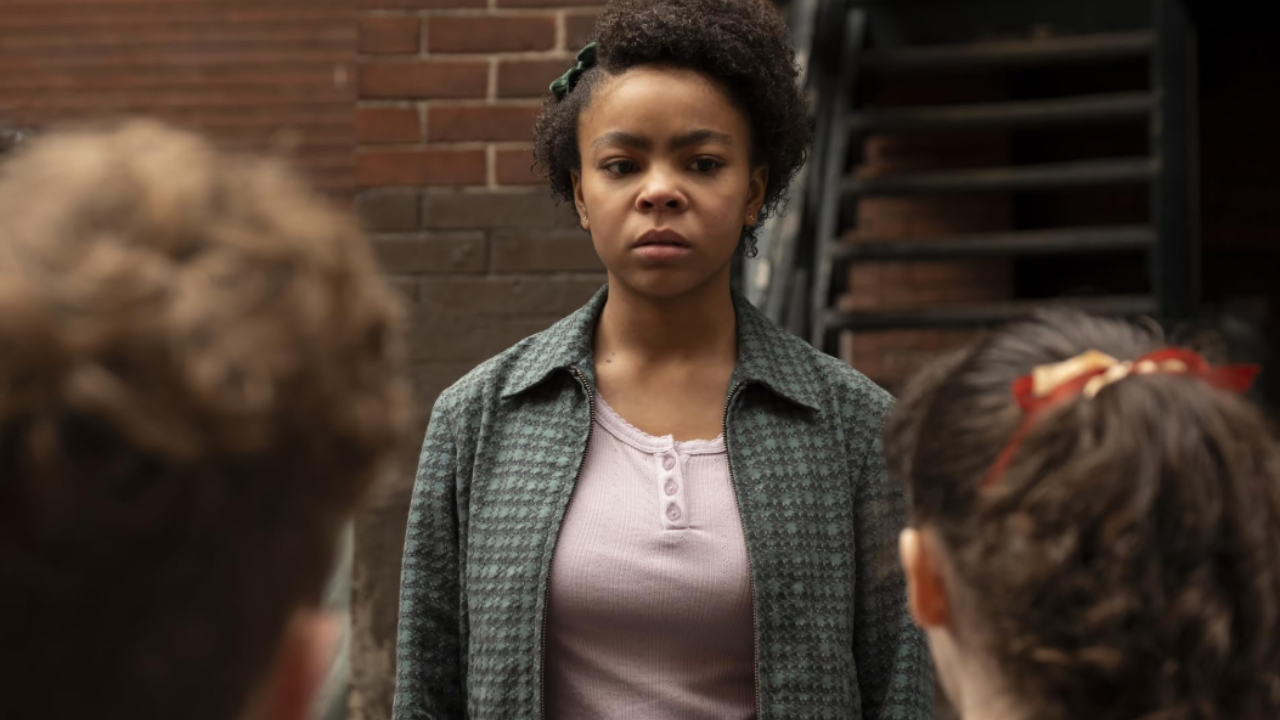
I loved It (2017) and politely refuse to talk about It Chapter Two. So, I have been impatiently waiting for It: Welcome to Derry to drop. I leaned in as soon as it was announced that Andy Muschietti, Barbara Muschietti, and Jason Fuchs were developing the prequel series for HBO Max. So, while I was denied screeners at the eleventh hour, I still tuned in Sunday night to see if it would live up to the hype. I found myself overall pleasantly surprised, despite having a couple of questions, comments, and concerns.
What’s Going On In Derry?
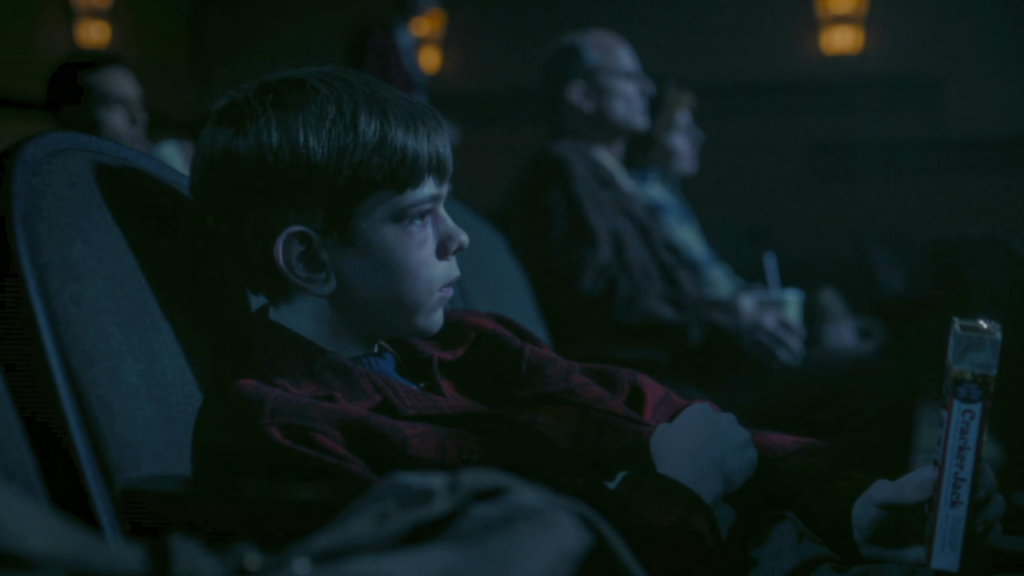
‘The Pilot’ takes place in 1962. We meet Matt Clements (Miles Ekhardt), a kid with a pacifier habit who loves to sneak into movies. He is caught in a showing of The Music Man and has to leave the venue. He makes the mistake of hitchhiking with a family that turns out to be the last time he is seen. The demonic car ride sets us up to know that kids are in danger in this series, and Matty is clearly not our lead.
Matty’s friends Teddy Uris (Mikkal Karim-Fidler) and Phil Malkin (Jack Molloy Legault) are still reeling from his disappearance. Teddy seems to be taking it the worst as everyone in town refuses to talk to him about it. Another kid taking this disappearance hard is Lilly Bainbridge (Clara Stack), who was on the brink of a possible friendship with Matt. She also has her own baggage, so when Matt’s voice and fingers make their way into her drain, she connects with his friends.
This leads them to form a kid gang to investigate, which includes Susie (Hunter Storm Baker) and Ronnie Grogan (Amanda Christie). As an audience, you assume this will be our core group. However, you know what they say about assuming and It: Welcome to Derry makes a bloody ass out of you and me. The ending is shocking, and the reason I will be tuning into the second episode.
Who’s Who?
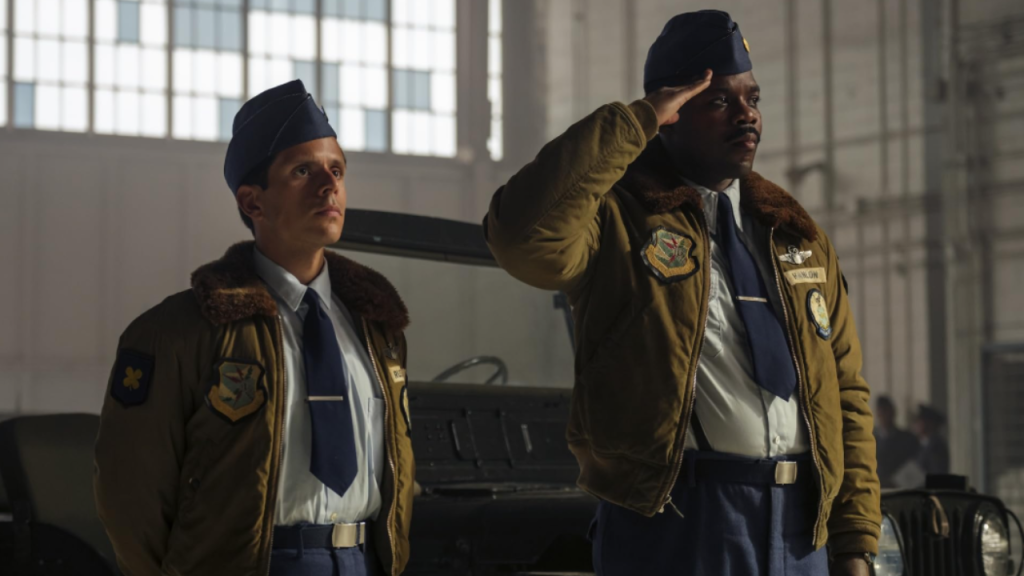
While we know Bill Skarsgård will be reprising the role of Pennywise, we do not see him in the first episode. Which is smart because you have to leave the audience wanting more. However, we do meet Leroy Hanlon (Jovan Adepo), who is the grandfather of Mike Hanlon. So, that’s a huge connection to The Loser’s Club we all know from the book and films. He’s experiencing racism at a military base and is ambushed by a weird group that he and his friend fend off. His story was sort of sidelined, so I’m waiting to see how it fully intertwines with what the kids got into. It’s still early yet, and whatever we think we know might not be the gospel. However, his wife Charlotte Hanlon (Taylour Paige) will also be getting screen time. I’m happy to see this because most King adaptations become overwhelmingly white cast affairs.
Speaking of Black characters from the Stephen King Universe getting more to do, young Dick Hallorann (Chris Chalk) will be involved in the story in some way. Constant Readers will remember Dick from The Shining. He was the Black character who also had “the shine’ and saved Danny and Wendy from the Overlook Hotel. In my least favorite adaptation, he is played by the late and great Scatman Crothers. Stanley Kubrick decided to axe the Black psychic character and perpetuate a trope with his version of King’s tale. A choice I still side-eye, and why I love to see this character in other iterations of the tale. So, I am very excited to see how he will fit into It: Welcome to Derry.
Am I Feeling It: Welcome to Derry?
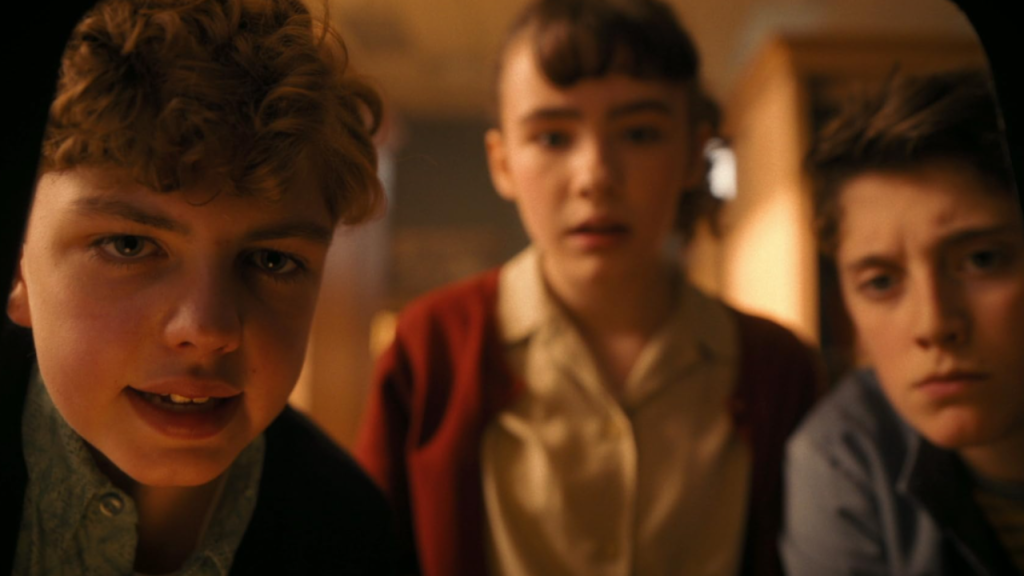
As a former Constant Reader and a lover of horror television, I’m an easy target for this show. While I think the pilot had a couple of things that don’t quite make sense (yet), I’m still leaning in. I am here for the vicious way children are dispatched, the surprising deaths, and for the expansion of one Stephen King’s most iconic baddies. So, I have a date with It: Welcome to Derry this weekend. I want to see where it goes now that most of the cast we were introduced to is dead. I also want to see Pennywise on the small screen to see if Skarsgård can creep us out again. More importantly, it is a fun and intriguing story, and that goes a long way with me.
It’s too soon to say if It: Welcome to Derry will be one of the best shows of the year. However, I have hope that it’s ramping up to be a good time. If it avoids falling into fan service territory and tightens up some of the story, this could be a damn good time. There is so much potential in this pilot. I cannot help rooting for it to find its footing and surprise us all. Sadly, hope is a dangerous thing, so I am so nervous it could be another fumble down the line. All I know is I plan to show up for the next two episodes and see where this all goes.
Watch the ‘It: Welcome to Derry’ Trailer



